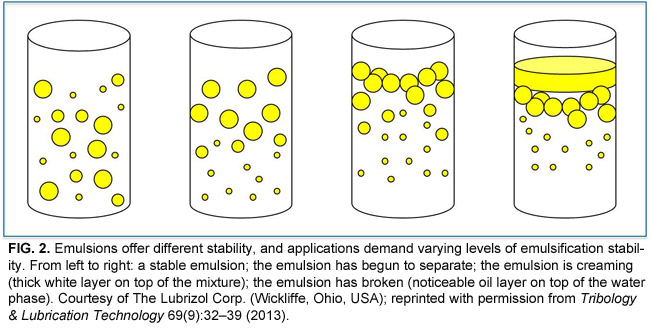


You will notice a slight curdling in the creamed butter and sugar or creamed butter/sugar and egg mixture, but it will come together when you start to add in the flour, during the next step. They will quickly warm from the action or friction from the beaters. SARAH SAYS: You can add eggs, cold right from the refrigerator when using a powerful stand mixer. It results in a creamy batter that holds in the air bubbles in, previously created through creaming and beating. Room temperature eggs, worked in slowly, not only helps to incorporate more air in the batter and but also adds emulsifiers slowly from the egg yolks and will not break the fat (from the butter and egg yolks) and water emulsion (from water contained in the butter or fat and eggs). Each one should be fully incorporated before adding more. Emulsifiers are also found in egg white, gelatin, skim milk and mustard.įor example, after creaming fat and sugar together, the first step in making a Buttercake or Pound cake, is to beat in the room temperature eggs, ONE AT A TIME with the mixer on low. Mayonnaise is a classic example of emulsification it is mixture of oil and vinegar or lemon juice that is emulsified by the addition of egg yolk, which contains the emulsifier lecithin. A third ingredient, called a liaison or emulsifier, is added because the two ingredients will separate. The whisking disperses and suspends one liquid throughout the other. The process of mixing liquids to form an emulsion is called emulsification. Common examples of emulsions include egg yolk, butter, and mayonnaise. In an emulsion, one liquid contains a dispersion of the other liquid.
LIQUID EMULSION MEANING HOW TO
How to EmulsifyĮmulsifying is done by slowly adding one ingredient to another while whisking rapidly. An emulsion is a type of colloid formed by combining two liquids that normally don't mix. This results in a baked cake that is grainy or flat in texture, dry and flavorless, look uneven and may even sink. If not stable, the batter will loose air cells. This is because the butter and liquids are in a stable emersion. A well emulsified cake batter, for example, should not be curdled or weeping liquid. To emulsify means to combine two liquids that normally do not combine easily, such as oil and vinegar. Many food products are emulsions. The most common natural example of an emulsifier is portrayed in milk, a complex mixture of fat suspended in an aqueous solution.įat and liquid by nature are unmixable, and the goal when mixing a recipe is to form a water-in-fat emulsion. Emulsify: What is Emulsification and How Does it Work?Ĭopyright © 2000 Sarah Phillips All rights reserved.


 0 kommentar(er)
0 kommentar(er)
